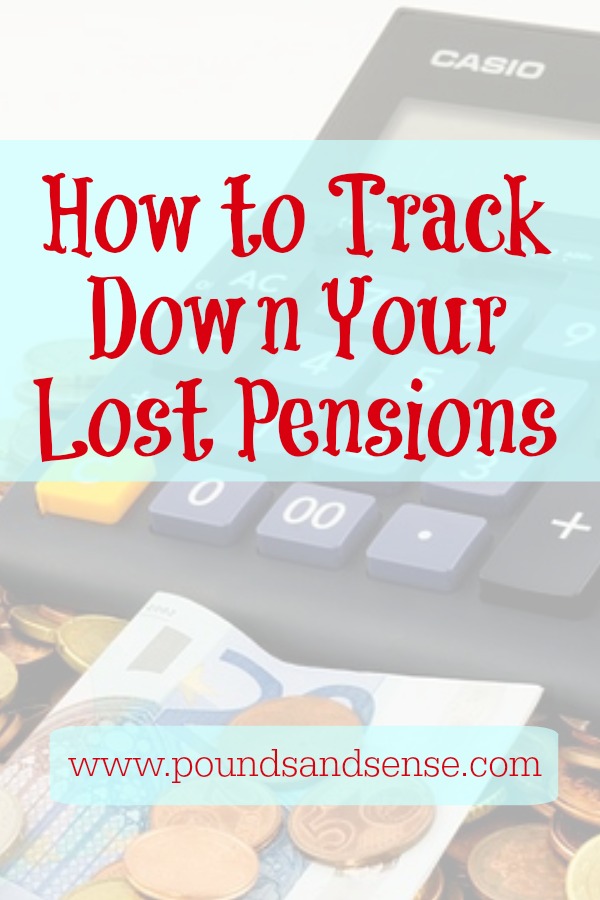What Should You Do With Your Pension Pot When You Retire?
In recent posts I’ve discussed various aspects of saving for your retirement, including the state pension and how to trace lost or forgotten pensions.
Today I’m going to discuss what happens when that fateful day arrives.
Most pensions nowadays, workplace and private, involve building a ‘pot’ that can be turned into regular income in retirement. This is known as a defined contribution pension.
- There are also still some defined benefit pensions, where on retirement you receive a set income based on the number of years you have been contributing. These are generally regarded as the ‘gold standard’ for pensions, and you should think long and hard (and get independent financial advice) before cashing one of these in for a lump sum.
If you have a defined contribution pension, in this post I will look at what you can do with your pot once you are ready to start drawing an income from it. Following George Osborne’s 2014 pension freedom reforms, in most cases you can do this from age 55 upwards.
There are four main options. I’ll run through them now.
(1) Keep Your Pension Invested
There’s no obligation to start taking an income from your pension at any particular age. If you don’t need the money, therefore, there’s a case for letting it carry on growing tax-free until such time as you do.
(2) Buy an Annuity
This is the traditional method of funding your retirement. Using your pot to buy an annuity gives you a guaranteed income for life.
How much you will get depends on various factors. These include how much is in your pot, your age, whether you want your income to go up every year, and whether you want to pass on the annuity (e.g. to your spouse) when you die.
Annuity rates in recent years have been relatively low, though you may be able to get a higher quote if your health is poor (as the company doesn’t expect to have to pay out for as long!).
The government lets you withdraw 25% of your pension pot tax free, and the rest can be used to buy an annuity. Annuities are taxable, so depending on your other income, tax may be deducted before you receive your payments.
To get a rough idea how big an annuity your pot will buy, you can use the online calculator on the government’s Pension Wise website. When I tried this with a sample pot of £100,000 and taking an income at 62, I got a quote of £25,000 tax-free cash and a taxable annual income of £3,300 (£275 a month) for life.
(3) Take the Money in Chunks
Another option (from age 55 onwards) is to withdraw money from your fund in chunks as and when you need it. If you do this, 25% of each withdrawal will be tax free and the rest will be taxed along with any other income you earn. Not all pension providers currently offer this option.
(4) Use Flexible Drawdown
This is becoming a very popular method. Flexible drawdown involves taking money from your pot to provide a regular monthly income, while leaving the rest invested, hopefully to continue growing.
With flexible drawdown, you can withdraw 25% of your pension pot as a tax-free lump sum. The rest is then used to provide a regular, taxable income.
The process is quite straightforward. You simply notify your pension provider (or self-investment platform) that you wish to go into drawdown. They will then arrange this for you (for which a fee may be payable) and ensure that a payment goes into your bank account the same day every month from then onward.
You can keep your money in the same investments as before or take the opportunity to adjust them (perhaps switching to funds with lower charges). You can set the monthly income at any level you like and vary it any time as well, although again there may be charges for doing so.
As well as its flexibility, the drawdown option has the benefit that the remainder of your money stays invested and can continue to grow tax free.
The main risk, of course, is that your money will run out before you die. This isn’t a precise science as it depends on two things that are impossible to predict accurately – how long you will live and how well your investments perform.
When deciding how much it’s safe to draw every month, it’s therefore essential to take into account how long you expect to live in retirement. A 65-year-old man in Britain today has a 50% chance of living to the age of 87 and a 65-year-old woman to the age of 90. So you may easily have 30 years in retirement, or even longer.
As for what rate investments may grow, in the current investment climate an estimate of around 4% a year is considered prudent – but in reality, obviously, your investments may do better than this, or they could do worse.
Again, the Pension Wise website has a calculator that will give you a rough idea how much you can safely draw from your pension pot and how long it is likely to last. There are no guarantees, though, so if you opt for drawdown it’s important to review your arrangements regularly and adjust them as appropriate.
Other Options
The above are the main options, but there are others as well.
If you wish, from age 55 you can withdraw your whole pension pot. Again a quarter of this will be tax free and the remainder treated as taxable income in the year concerned. If you have a substantial pot, this could result in you being pushed into a higher tax-rate bracket that year, so this course of action is not generally recommended. The one time you might want to do it is if you have a small pension pot and/or debts you want to pay off.
You can also mix and match. For example, if you have £200,000 you could draw £50,000 in tax-free cash, put £50,000 into an annuity for a secure life-long income, and leave the rest in a drawdown product for continuing growth. There is actually much to be said for having a variety of income streams in retirement.
Final Thoughts
Even if you’re not near the stage of drawing your pension, it’s still important to understand how the system works and plan accordingly. Nobody wants to end up having to rely on the state pension to fund their later years.
If you ARE getting close to retirement, I highly recommend speaking to an independent financial adviser to discuss your specific circumstances and needs. If you’re over 50 you can also book a free telephone or face-to-face appointment with a Pension Wise adviser. They will go through the options with you and answer any questions you may have.
In any event, though, it’s important to plan carefully to take advantage of the range of tax-efficient saving and investing opportunities on offer, and ensure that when the time comes you have enough money to enjoy your ‘golden years’ rather than struggle through them.
Good luck, and I wish you a long, happy and prosperous retirement!
- You might also enjoy reading this comprehensive article on How to Make the Most of your Retirement.








